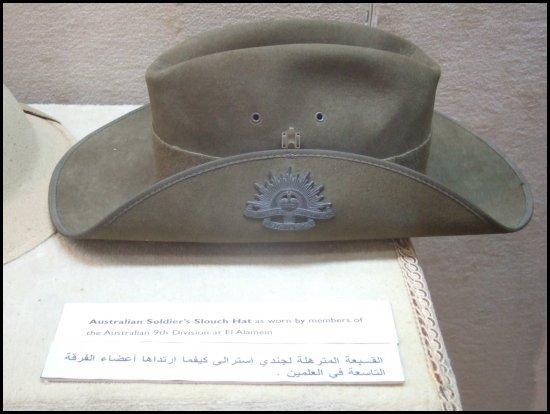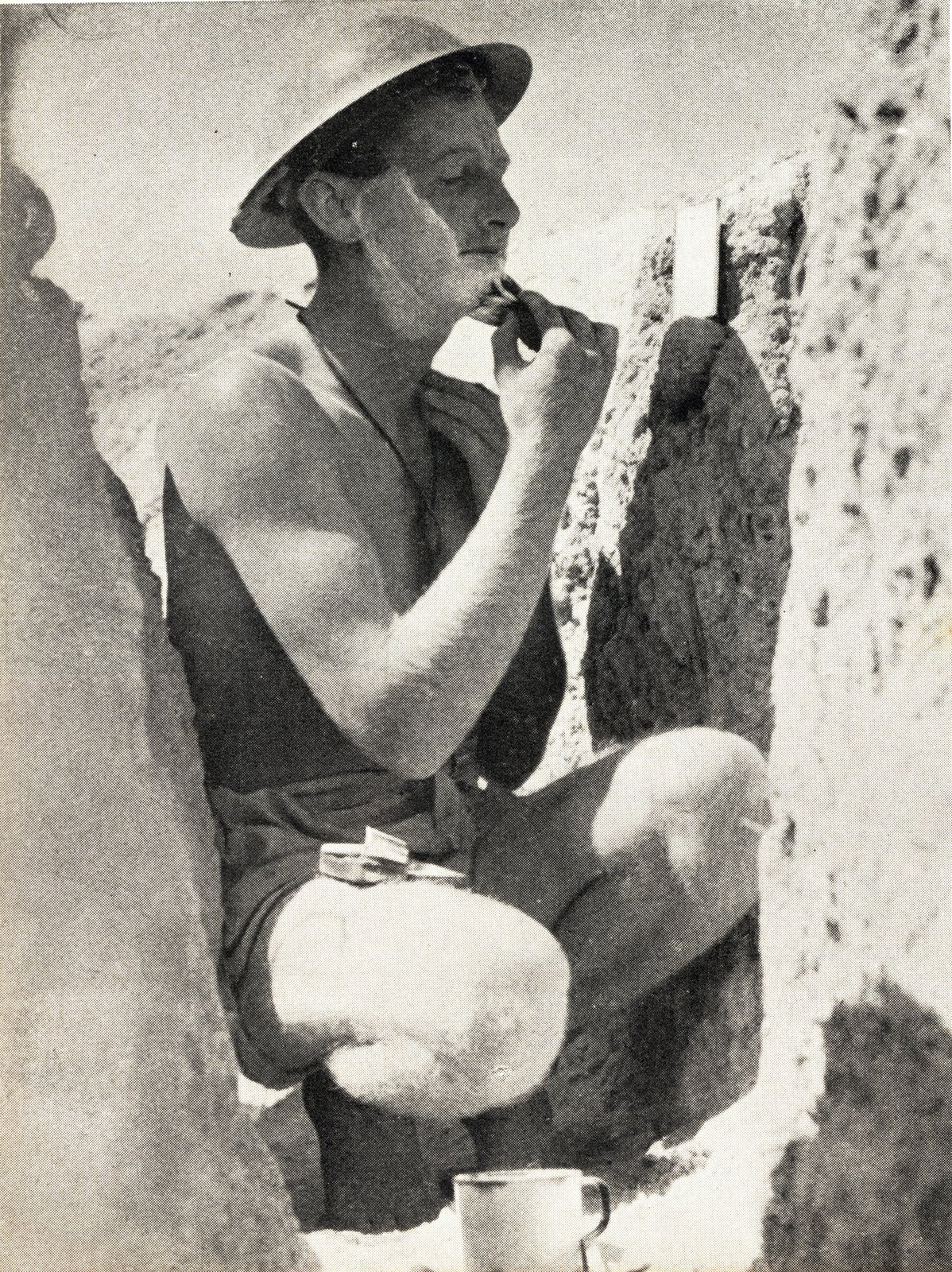German 88mm "flak 36" Anti-Aircraft Gun.
The dreaded "88" was one of the most feared German weapons of the Western Desert campaign. Originally designed and manufactured as an Anti-Aircraft gun the 88 was redeployed brilliantly by Rommel in North Africa as an Anti-Tank gun.
Able to penetrate 100mm of armour at over 400 yards with an armour piercing shell and with an effective range of 18,000 yards with a high explosive shell that had a timed 'airburst' effect designed to rain shrapnel or "flak" over the top of infantry positions.
These guns also had a rather distinctive sound when fired that all members of the 9th Division soon became well acquainted with. These guns accounted for devastating loses with both Armour and Infantry, especially at Alamein.
This particular one has fired it's last shell.
image 050011 Australian War Memorial.









